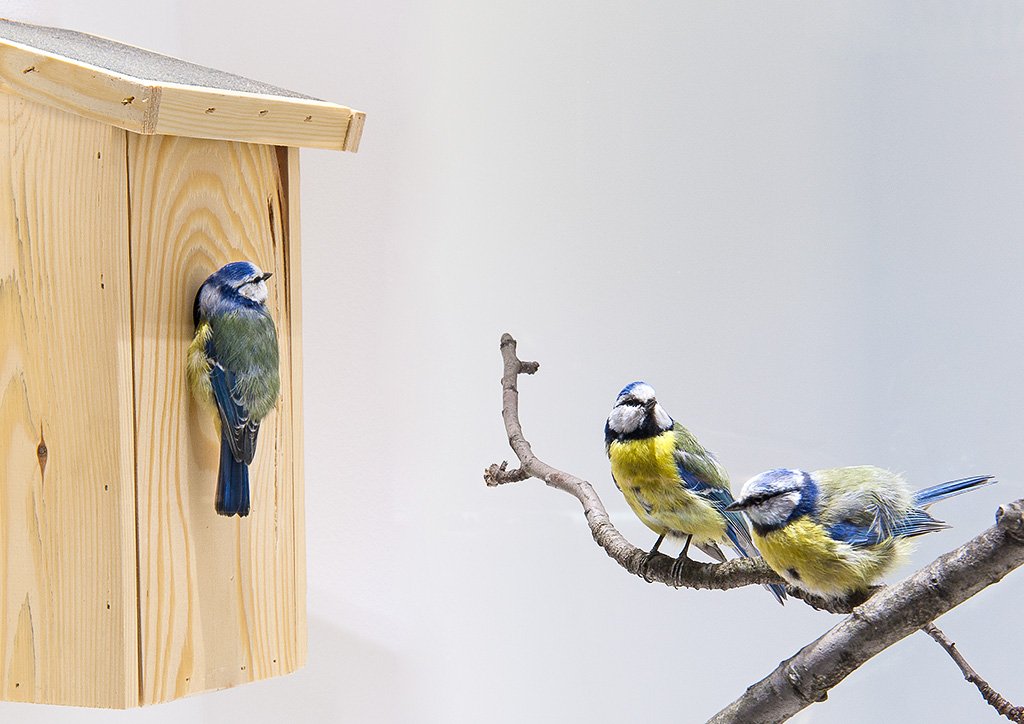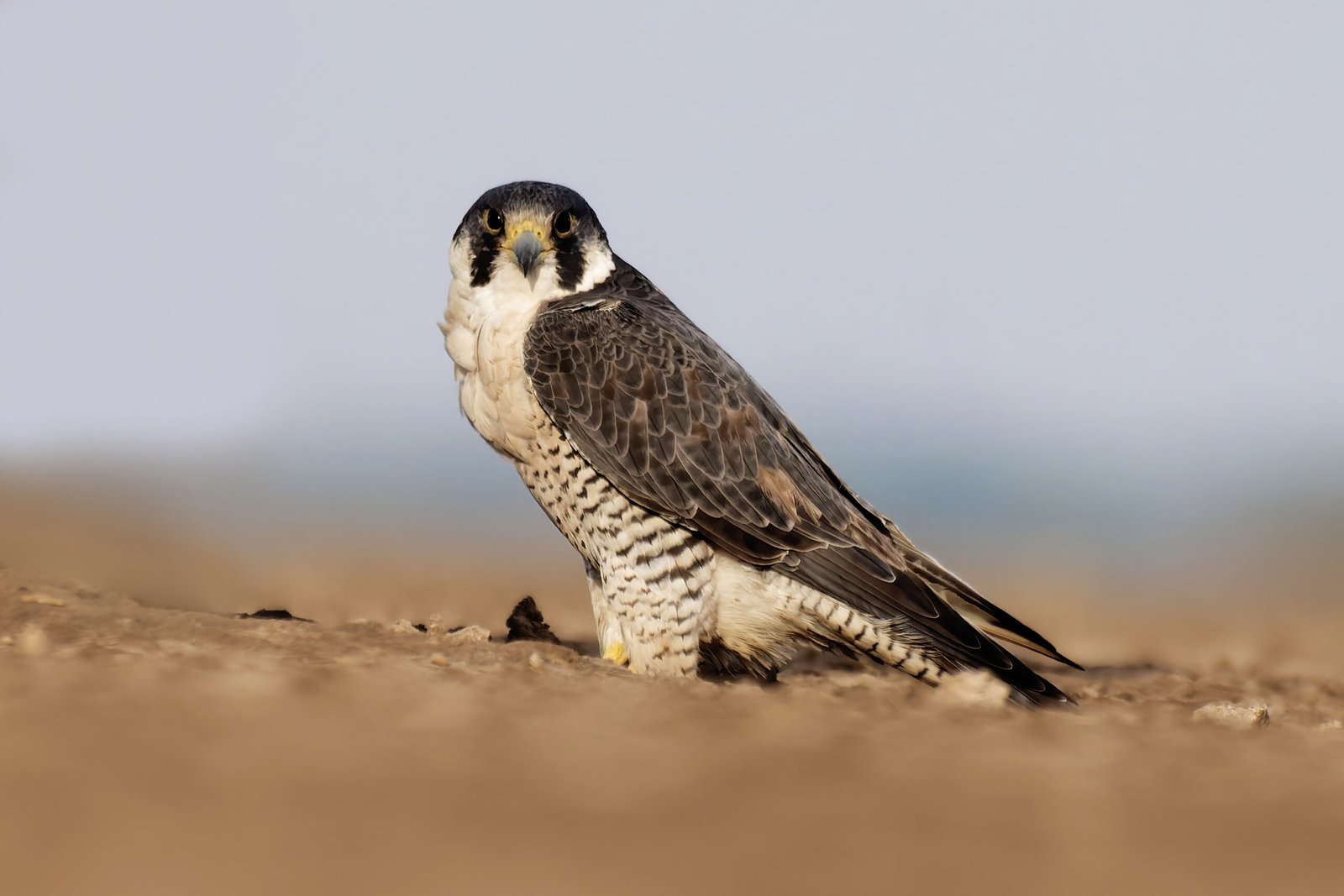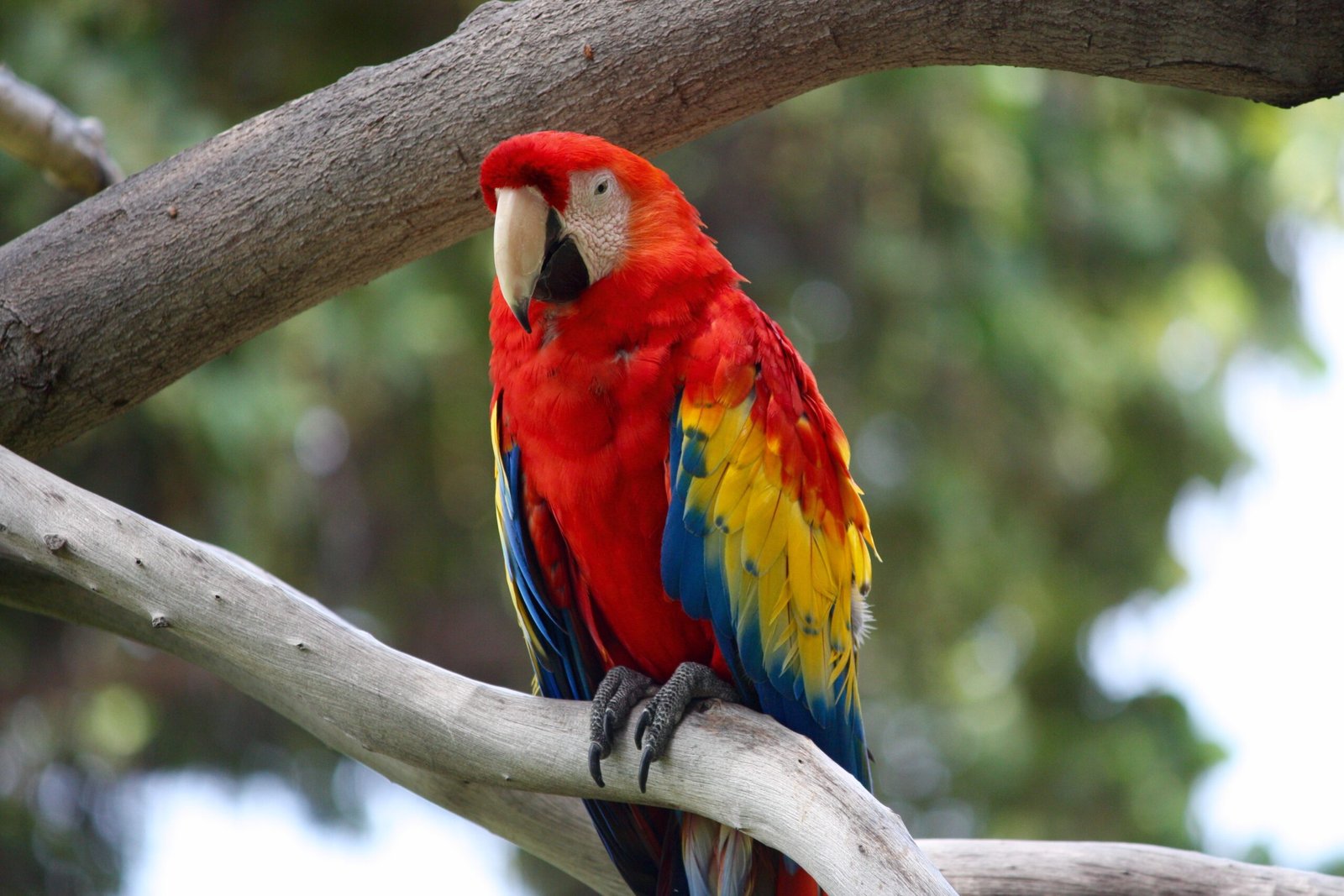Imagine a world where the fierce falcon, the chatty parrot, and the melodic songbird are evolutionary cousins. It sounds unbelievable, almost like the opening scene of a whimsical nature documentary. Yet, hidden within their DNA lies a shocking truth: these birds share a much closer evolutionary relationship than anyone ever suspected. This discovery has not only turned the scientific world upside down, but it also challenges everything we thought we knew about how birds evolved and diversified. Prepare to be amazed as we unravel the astonishing ties that bind these seemingly different species together.
The Bird Family Tree: A Tale of Surprising Connections
When most people picture a bird family tree, they might imagine falcons sitting beside eagles and hawks, parrots perched with toucans, and songbirds warbling far apart from these groups. For many years, scientists classified birds based on appearance and behavior. But advances in genetic analysis have shattered this old view. DNA sequencing revealed that falcons are more closely related to parrots and songbirds than to other birds of prey such as hawks and eagles. This finding is like discovering that wolves are closer cousins to dolphins than to foxes—it’s that unexpected.
DNA: The Secret Code of Bird Evolution

The real story of bird relationships is written in their genes. By comparing stretches of DNA from different bird species, scientists can trace their evolutionary history, sometimes overturning centuries of assumptions. In the early 2000s, large-scale genetic studies found that falcons, parrots, and songbirds share unique genetic markers—signatures that point to a shared ancestor. The evidence was so strong that it forced scientists to redraw the avian family tree. This kind of insight shows just how powerful modern genetics can be for unlocking nature’s secrets.
Falcons: More Than Just Birds of Prey

Falcons are famous for their speed and hunting skills, with the peregrine falcon holding the title of fastest animal on Earth. Traditionally, their fierce looks and predatory behavior led people to group them with hawks and eagles. However, despite their similarities in lifestyle, falcons are genetically closer to parrots and songbirds. This is a classic case of “convergent evolution,” where unrelated species independently evolve similar traits because they occupy similar ecological roles. So, while falcons and hawks hunt the same way, their evolutionary stories are surprisingly different.
Parrots: The Colorful, Clever Cousins

Parrots are the comedians of the bird world, known for their vibrant feathers and uncanny ability to mimic human speech. These birds live in forests and jungles, far removed from the open skies of falcons. Yet, DNA tells us they share an ancient bond. Parrots and falcons split from a common ancestor millions of years ago, and since then, parrots have evolved remarkable intelligence and social skills. This connection hints that certain mental abilities seen in parrots might also be present, in a different form, in falcons and even songbirds.
Songbirds: The Masters of Melody
Songbirds fill our mornings with music, from the cheerful robin to the nightingale’s haunting tune. Scientists call them “passerines,” and they make up more than half of all bird species on Earth. What’s incredible is that these delicate, often tiny creatures are close relatives of both parrots and falcons. The melodic calls that songbirds use to attract mates or mark territory may have roots in the same evolutionary innovations that helped parrots develop vocal mimicry. Their shared ancestry suggests a hidden thread of creativity and communication running through all three groups.
Convergent Evolution: Nature’s Great Copycat
One of the most fascinating aspects of bird evolution is the phenomenon of convergent evolution. Falcons and hawks look and act similarly because they face similar challenges—catching fast-moving prey, soaring at great heights, and spotting small animals from afar. However, these similarities are skin deep. DNA evidence reveals that their resemblance is the result of evolution solving the same problems in different ways. This pattern isn’t unique to birds; it happens throughout nature, like how dolphins and sharks both have streamlined bodies even though one is a mammal and the other a fish.
Clues from the Fossil Record

Fossils give us a window into the deep past, helping us piece together the puzzle of bird evolution. Although the fossil record for birds is notoriously patchy, some ancient specimens show features that hint at the shared ancestry among falcons, parrots, and songbirds. For example, certain fossilized skulls display beak shapes and braincase structures that link these groups. While fossils alone can’t answer every question, when combined with genetic data, they help us understand how these birds branched off from their common ancestor.
Brains and Behavior: Intelligence Unites Them

It’s not just DNA that connects falcons, parrots, and songbirds—their brains tell a similar story. Studies have shown that these birds have relatively large brains for their body size, especially compared to other birds. Parrots and songbirds are celebrated for their problem-solving skills and ability to learn new sounds. Even falcons, though not known for mimicry, show impressive hunting strategies and adaptability. This suggests their shared ancestor might have had a brain wired for complex behaviors, paving the way for intelligence in all three groups.
Vocal Learning: A Family Gift
One of the most astonishing abilities in the bird world is vocal learning—the skill of imitating sounds after hearing them. Parrots are famous for this, but many songbirds can also learn and invent new songs. Although falcons aren’t renowned for singing, there is evidence they can modify their calls in response to their environment. Scientists believe that the roots of vocal learning stretch back to the last common ancestor of these birds, making it a family trait that blossomed in different ways.
Why This Discovery Matters
Understanding the evolutionary relationships between falcons, parrots, and songbirds is more than just a scientific curiosity—it changes the way we think about life on Earth. Knowing these birds are close relatives helps conservationists protect them more effectively, as threats to one group could affect the others. It also inspires a sense of wonder, reminding us that nature is full of surprises and that outward appearances can be deceiving. As we discover more about their shared history, we gain a deeper appreciation for the hidden connections that shape our world.
Reflection: The Magic of Hidden Kinship
The unexpected evolutionary bond between falcons, parrots, and songbirds challenges us to look beyond the obvious and embrace the mysteries of the natural world. Their shared ancestry is a testament to the power of discovery and the magic that lies beneath the surface of what we think we know. The next time you hear a songbird’s melody, watch a falcon dive, or laugh at a parrot’s antics, remember that they are not just fascinating in their own right—they are family. How many other secrets might be waiting, just out of sight, in the branches of our own family tree?




